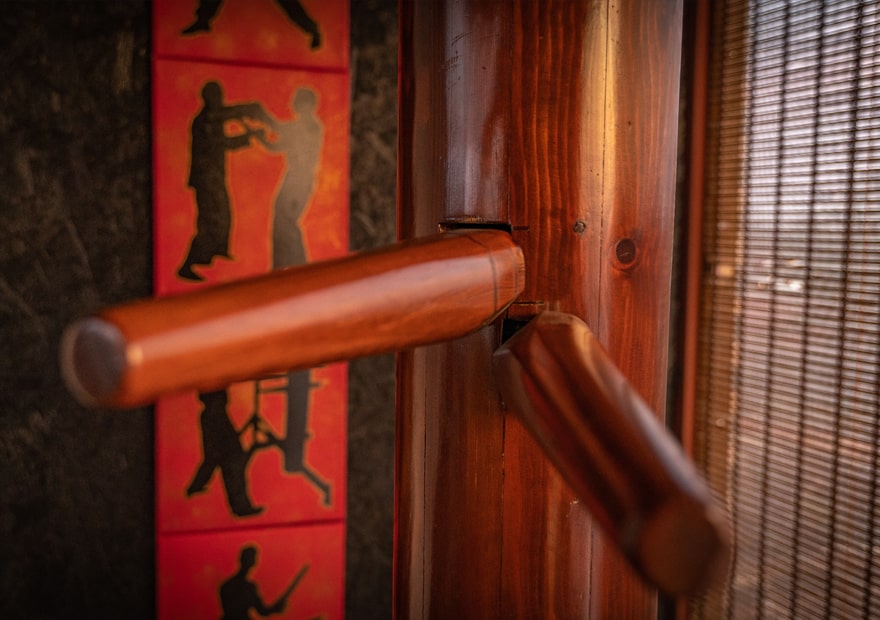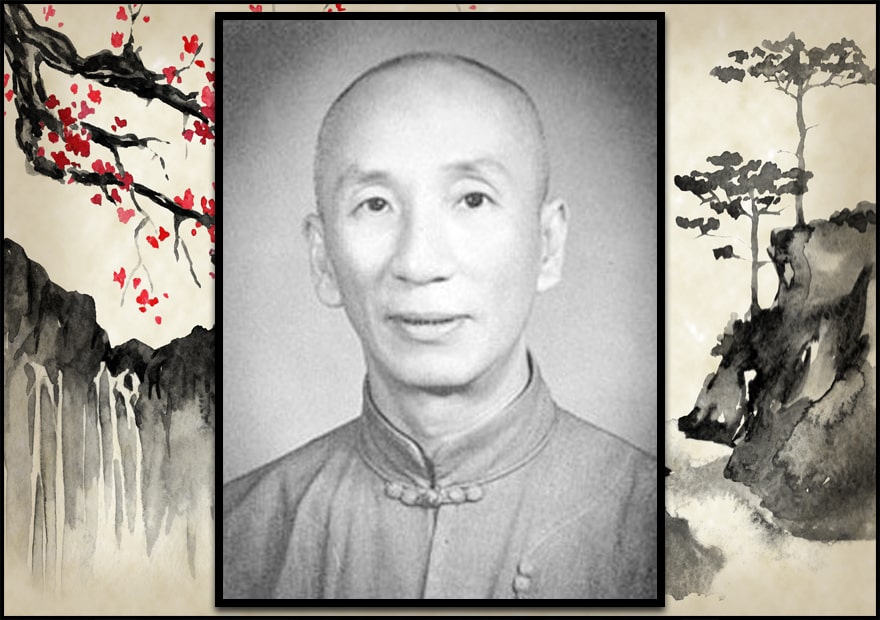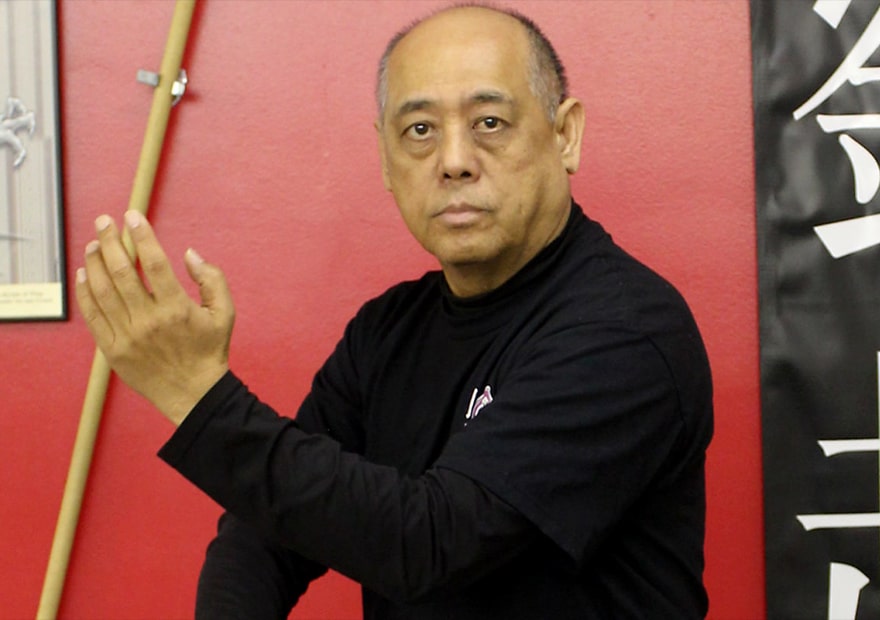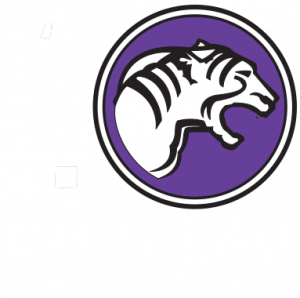Wing Chun is one of the most advanced Kung Fu styles from the Shaolin Temple. It was developed to counter and defeat other fighting systems and Kung Fu styles which mirrored the movements of animals. It is told that a battle witnessed between a snake and a crane was the inspiration for Wing Chun Kung Fu.
Out of fear that the fighting ability of the Shaolin Kung Fu monks could overthrow the ruling Manchurian government, the Shaolin monastery was attacked by government forces and burned down. Five Shaolin disciples escaped, one of which was a Shaolin nun by the name of Ng Mui.
After years in meditation and hiding, Ng Mui encountered a young woman named Yim Wing Chun who was being bullied into a forced marriage by the local warlord. Ng Mui decided to help her by teaching her a unique style of Kung Fu that does not rely on overpowering opponents. When the warlord returned to take Yim Wing Chun as his bride, she fought back and easily defeated her much larger and stronger opponent, winning her freedom. Yim Wing Chun then taught this Kung Fu style to her new chosen husband Leung Bac-Chou and trained others working towards overthrowing the Manchurian government. Eventually this style was named after her and is known as Wing Chun.
One of Wing Chun’s students became a member of an opera troupe. The troupe would sail by red junk boat from town to town entertaining crowds to earn a living and trained Kung Fu when not performing. These performers were affiliated with the revolution to overthrow the government and had to train in secret. Wing Chun spread underground for years, passing through many different ports in southern China to revolutionaries who wished to overthrow the Manchurian government and restore power to the Ming Dynasty.






